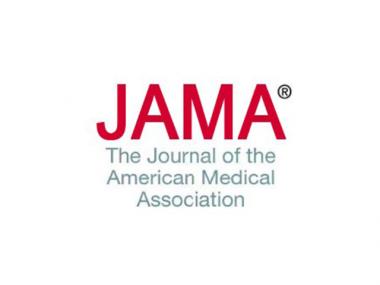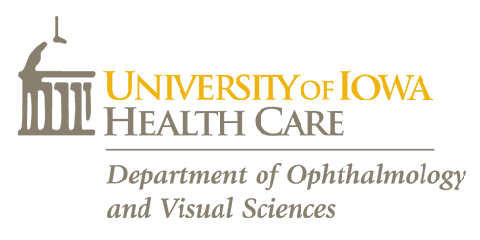
This retrospective longitudinal study of TRPM1-associated complete congenital stationary night blindness (cCSNB) followed 7 pediatric patients, evaluating history, ophthalmologic examination findings, full-field electroretinogram (ffERG) results, full-field stimulus threshold testing results, Goldmann visual field results, optical coherence tomography results, and molecular genetic results. The study found that children with TRPM1-associated cCSNB presented before school age with progressive myopia as well as strabismus and nystagmus (but not nyctalopia), with stable, electronegative ffERG results, mildly subnormal full-field stimulus threshold testing results, and a constricted I2e isopter on perimetry.
These findings suggest that ffERG and cCSNB genetic testing should be considered for children who present with early-onset myopia, especially in the presence of strabismus and/or nystagmus, and that TRPM1-associated cCSNB is a channelopathy that may present without complaints of night blindness in childhood.
The study was published in the journal JAMA Ophthalmology (Vol 136, No. 4, Pages 311-454) on April 1, 2018.
Link: https://jamanetwork.com/journals/jamaophthalmology/fullarticle/2674062

